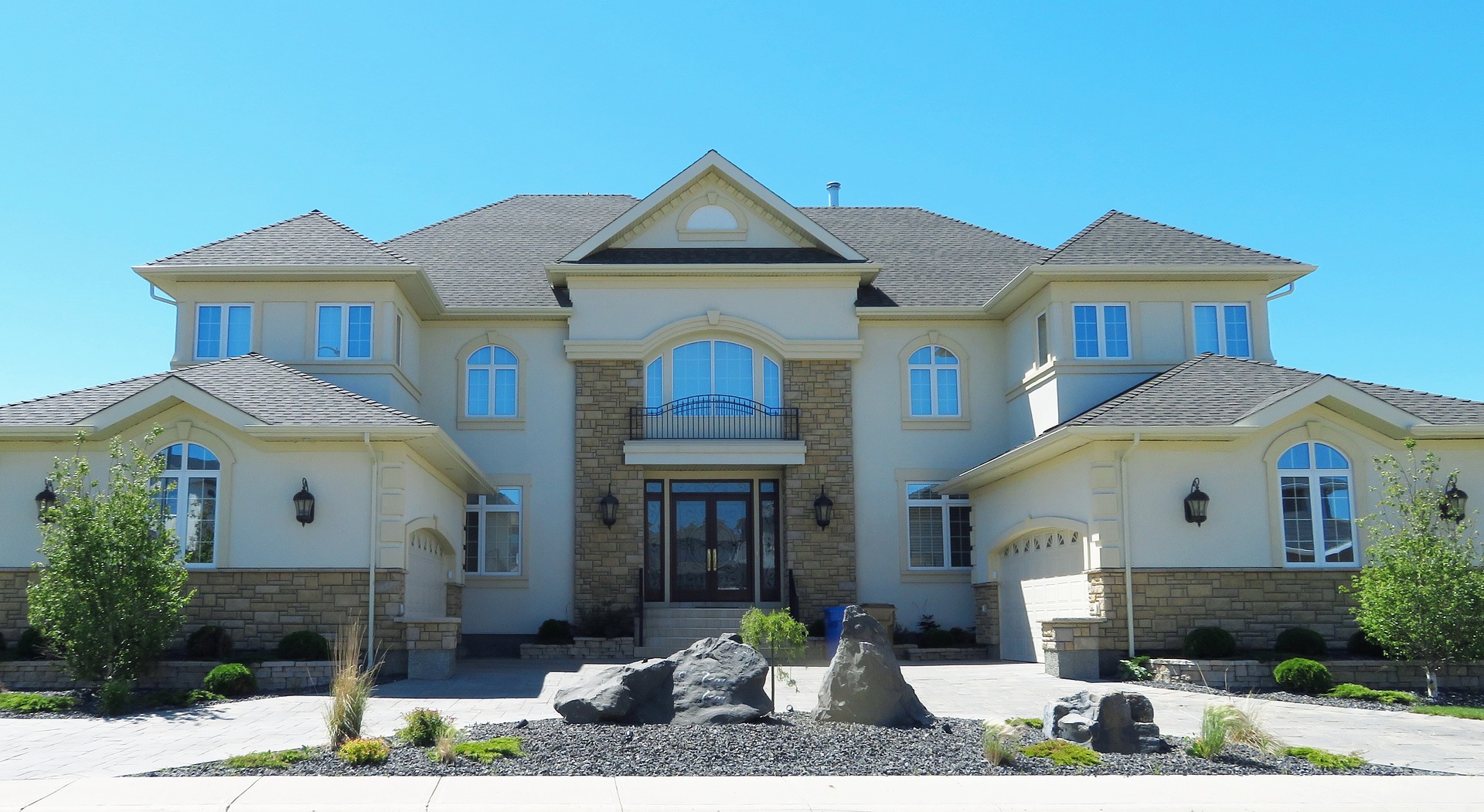
Retirement is a time to enjoy the fruits of one’s labour, and for many Canadians, this means owning a home. However, retirees may struggle to purchase a home due to limited income and savings. Fortunately, there are several mortgage options available to retirees in Canada that can help them become homeowners.
Mortgages for retirees come in two forms: conventional mortgages and reverse mortgages. Conventional mortgages are the most common type of mortgage and involve borrowing money from a lender to purchase a home. Reverse mortgages allow homeowners to borrow against their home’s equity and use the money for any purpose.
When considering a conventional mortgage, retirees should be aware of their borrowing power. This is the amount of money they can borrow from a lender, which depends on their income and credit score. Retirees should also be aware of the various mortgage terms, such as fixed-rate mortgages and adjustable-rate mortgages. Fixed-rate mortgages provide a predictable payment schedule, while adjustable-rate mortgages allow borrowers to take advantage of lower interest rates if they rise in the future.
When considering a reverse mortgage, retirees should understand how they work. Reverse mortgages allow homeowners to borrow against their home’s equity. This money can be used for any purpose, such as making home improvements, paying off debt, or supplementing retirement income. However, it is important to remember that reverse mortgages are a loan, and must be repaid with interest.
No matter which type of mortgage retirees choose, they should ensure that they understand the terms and implications of their loan. Retirees should speak to a financial advisor or mortgage broker to learn more about their options and find the best deal for their situation.
By understanding their options, retirees can make an informed decision about their mortgage and enjoy the benefits of homeownership.


